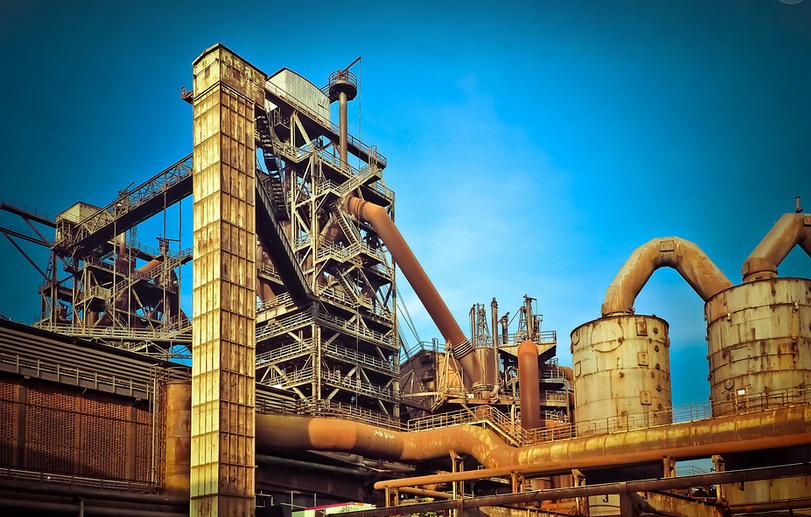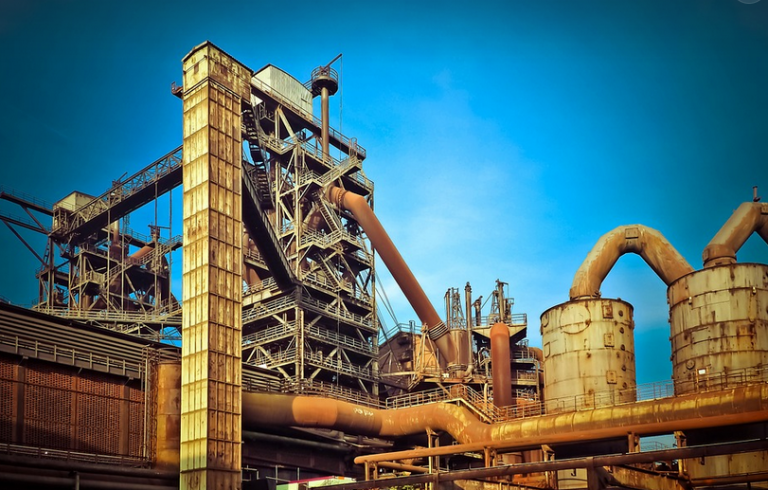
Understanding Your Chemistry Goals
Choosing the right reagents is crucial in any chemical transformation, playing a pivotal role in determining product yield, purity, and overall efficiency. Whether you’re working on an academic research project or tackling a challenging industrial process, identifying the ideal reagent set can mean the difference between success and failure. Before delving into specific reagent choices, it’s essential to understand your desired transformation – what are you trying to achieve?
A successful chemical reaction hinges upon a clear understanding of the target molecule, its structure, and the reactions involved. Whether you’re targeting an organic compound with specific functional groups or aiming to modify existing molecules, knowing the starting material and the desired product is paramount for reagent selection. This step lays the foundation for building a strategic approach towards achieving your transformation goals.
Deconstructing Your Transformation: A Closer Look
To pinpoint the best reagents for your task, let’s dissect the reaction itself. What exactly are you trying to accomplish? For instance, if you’re aiming to convert an alkyl halide into an alcohol, you must consider various factors beyond simply choosing a reagent
Consider the starting material: Its structure provides clues about potential reactions and suitable reagents. Identify the functional groups present in your starting material and the final product. Are you looking for electrophilic or nucleophilic attack? This understanding guides your choice of reagents.
Next, think about reaction conditions: Temperature, pressure, solvent selection – all play a critical role in reagent effectiveness. Certain reactions require specific solvents to facilitate optimal reactivity, while others might be more sensitive to temperature changes. Understanding these intricacies is essential for tailoring the reagent choices to your specific transformation.
The Power of Reaction Mechanisms: Unveiling the Path
Reaction mechanisms provide a visual roadmap of how molecules interact and transform during chemical reactions. While not always necessary to delve into intricate details, knowing the underlying reaction mechanism helps you predict potential products and identify which reagents would be most suitable for the desired outcome.
Mechanisms offer crucial insight into the pathways involved in a reaction. For instance, if you’re aiming to form an alkene from an alkane, understanding the mechanism of elimination reactions – such as E2 or E1 – will help you select reagents that promote this specific transformation.
A deeper understanding of mechanisms opens doors for optimizing your process. For instance, if a reaction involves multiple steps, you can use mechanism to identify intermediates and guide the selection of appropriate reagents to proceed smoothly.
Reagent Selection: Finding the Perfect Match
With a clear understanding of your transformation goal and its underlying mechanisms, you’re now ready to dive into choosing the right reagents. This is an art that requires knowing your targets and utilizing your expertise.
Here are some essential steps for reagent selection:
* **Identify the type of reaction:** Is it a nucleophilic substitution, electrophilic addition, or something else entirely? The nature of the reaction dictates which reagents will be most effective.
* **Consider the desired product and selectivity:** Are you after high yields and purity, or are you aiming for a more specific product with minimal side reactions?
* **Prioritize reactivity:** Some reagents are known to react quickly and strongly with certain functional groups, while others prefer to work with gentler chemical environments.
Once you have a good idea of your desired outcome, you can start narrowing down your options by considering the following:
- Reagent strength: Consider reagents that offer high reactivity but are manageable in terms of their conditions and potential side reactions.
- Reactivity control: Some reagents offer greater control over the reaction outcome. For instance, catalysts can be used to direct specific reaction pathways and increase selectivity, ensuring the formation of your desired product.
- Safety considerations: Always prioritize safety when choosing reagents by considering their potential hazards. For example, some reagents may require specialized handling procedures due to their toxicity or explosiveness.
Remember that every reaction is unique, and the “best” reagent will vary depending on your specific transformation goals. Finding the right combination of reagents is often a matter of trial and error, but with each experiment, you’ll gain valuable insights into the best practices for achieving your desired chemical outcomes.
A World of Reagents: Exploring Options
The realm of chemistry offers an expansive array of reagents. These are the building blocks of countless reactions, each with its unique properties and potential applications.
Here’s a glimpse into some key categories:
- Organometallic reagents: These compounds offer exceptional reactivity, allowing them to participate in various transformations, including carbon-carbon and carbon-heteroatom bond formations.
- Inorganic reagents: From Lewis acids and bases to oxidants and reductants, inorganic reagents play a vital role in diverse chemical reactions.
- Nucleophiles and electrophiles: These reactive species are central to understanding how molecules interact in chemical reactions.
- Phase-transfer catalysts: These catalysts facilitate reactions between immiscible phases, enabling the use of otherwise incompatible reagents.
It’s important to note that this is just a glimpse into the vast world of chemical reagents. The field is constantly evolving with new discoveries and innovative solutions emerging all the time.
Experimentation: Testing Your Hypotheses
Choosing the right reagents for your transformation requires experimentation. Conducting trials with different reagent combinations allows you to test your hypotheses and refine your approach. Don’t hesitate to experiment, as this is where you truly unlock the ability to control and predict chemical outcomes.
Remember that each trial presents an opportunity for learning and improvement. The process of discovery itself can be an invaluable part of achieving success in your chemistry projects.
The Path Forward: A Holistic Approach
Choosing the best reagents is just one piece of the puzzle when it comes to successfully completing a chemical transformation. Beyond choosing the right chemicals, consider other factors such as reaction conditions, waste management, and safety protocols.
By considering these aspects holistically, you can optimize your chemistry processes for greater efficiency and environmental consciousness. This approach ensures that both your lab experiments and industrial processes are conducted safely, efficiently, and responsibly.


